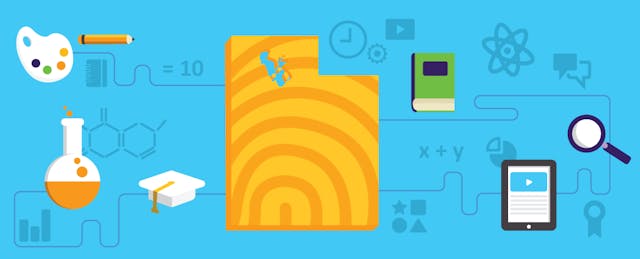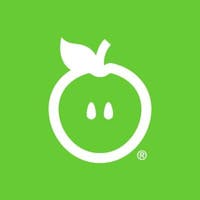How can a school district with 30,000 students make the leap from a few modest efforts at personalized learning to a full-scale transformation? For Utah’s Weber School District, the key is to start small, with a single-school pilot project—and then branch out from there.
Like many school systems, Weber has been moving gradually toward a more personalized model of instruction over the last several years, said Executive Director of Secondary Education Reid Newey. This fall, the district will take a big step forward when it launches a progressive new high school designed completely around personalized learning.
“There was a time when public school was the only game in town, and it’s not now,” Newey said. “As a result, we feel like we have to be competitive by offering different modes of learning. We want to provide students and parents (with) as much choice as possible.”
Weber School District has been laying the groundwork for a more personalized approach to instruction for some time. Every school has wireless internet access, and the district has been transitioning to more digital curriculum. Weber also uses its own learning management system, which its tech services team built from the open-source Moodle LMS.
“All of our teachers start the year with their own LMS site, and they can add to it with curriculum however they choose,” Newey said. Teachers use assessment data to monitor their students’ instructional needs, he said, and they assign content to students through the LMS as appropriate.
With Weber Innovation High School, which will open its doors in August, the district is taking personalized learning to a whole new level.
Weber’s other high schools have adopted a “bring your own device” (BYOD) policy, but Weber Innovation High will be fully one-to-one. Students will work at their own pace through a blend of online and face-to-face instruction, and they will be able to earn college credit before graduating.
“Students should be allowed to progress through their education at a rate that isn’t inhibited by other constraints,” said Newey, who will be the new school’s principal. “I see that as our future—to offer programs and methods of learning that enhance, rather than inhibit, opportunities.”
For help in taking this next step toward personalized learning, Weber has turned to School Improvement Network, a company with extensive experience in working with K-12 schools.
Weber Innovation High will use the company’s Edivate Learn platform, a next-generation learning system that includes digital content from providers such as Accelerate Learning, Pearson, and Khan Academy. The platform also features tools that allow users to create individualized learning paths for each student.
Learn more about the approach Weber is using to personalize instruction for students and teachers.
Click Here!
For instance, students and teachers can co-construct learning sequences based on students’ own unique preferences and guided by their learning goals. On the secondary curriculum, teachers also can use the results of adaptive assessments to prescribe student pathways through the curriculum automatically—and they can manually or automatically assign interventions to support student progress.
Having the technology in place to support personalized learning isn’t enough. “You’ve got to have training to make this successful,” Newey said.
Teachers must learn more than just how to use the technology, and how to change their pedagogy, to support personalized learning. Targeting instruction to each student’s unique strengths, needs, and interests also requires a significant culture shift: Teachers must learn to give up some control and let students have a larger voice in their own learning.
School Improvement Network will be training both teachers and administrators to enable this transformation in Weber. School and district leaders will be taking part in a “boot camp” this summer, with intensive, on-site leadership training designed to facilitate personalized learning. The new school’s teachers, meanwhile, will receive at least two days of initial transformation training, as well as several days of on-site coaching and modeling throughout the year. They’ll also have support from an extensive video library of more than 3,000 on-demand resources modeling best teaching practices.
While Weber Innovation High will open with about 150 students this fall, it eventually will serve 300 students. That’s much smaller than the district’s other high schools, which average around 1,800 students. Newey and other district leaders hope the school will serve as a test bed for practices that one day might scale across the entire district.
Newey cautioned that there is no single approach to personalized learning that meets all schools’ needs: Like the traditional group instruction that schools have been offering for decades, personalized learning looks different at every site.
“I think, as with anything, you’ve got to do what fits best for you,” he advised. “It’s important to assess your needs and match those with what your vision is—and then pick something that’s going to get you there.”



